Many countries such as the US, China, Russia, and India are trying to set foot on the Moon to exploit its precious water ice resources.
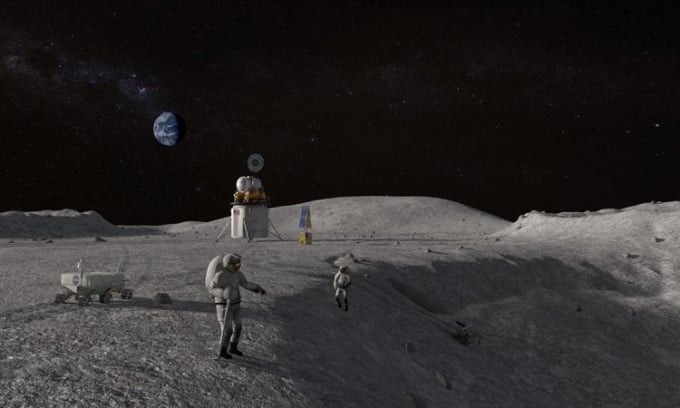
Simulation of NASA astronauts on the Moon. Photo: NASA
On December 6, 1968, Time magazine published an issue with a cover featuring a metaphorical image: a Soviet cosmonaut and an American astronaut racing to the moon. The space race had begun a decade earlier, when the Soviet Union launched Sputnik, the first artificial satellite, in 1957. Less than a year after Time published the special cover, the American astronauts of the Apollo 11 mission landed on the moon on July 20, 1969. The excitement quickly faded. The last humans to set foot on the moon were the Apollo 17 crew in 1972. To date, no one has returned to the moon, according to Popular Science .
But that’s about to change. NASA has committed to sending astronauts to the moon again by 2025 as part of its Artemis program. China plans to land humans on the moon by 2030. Meanwhile, the number of robotic missions to Earth’s natural satellite is increasing. Russia is back in the race for the first time in 47 years, with its Luna 25 mission crashing into the lunar surface last weekend. India hopes to make a soft landing on the moon’s south pole on August 23 with its Chandrayaan-3 lander. With so many nations aiming for the moon, is the world headed for a second space race?
This is not a new race, says Cathleen Lewis, curator of international space programs at the Smithsonian National Air and Space Museum. Lewis likens the situation to a gold rush, or more accurately, an “ice rush.” In 2018, scientists discovered water ice in the permanent shadows of polar craters. The United States, China, Russia, and India are all eyeing the moon’s south pole, where this frozen resource is located. The water could be used to make rocket fuel or produce. But launching ships carrying water from Earth is heavy and expensive. Lewis says space agencies haven’t figured out how to use the water ice yet. “But everyone wants to go there because they know they can find it,” she says.
The technological foundation for that effort is very different from the mid-20th century. Back then, the US and the Soviet Union were developing the technology to reach the Moon first. The Soviets struggled to develop a vehicle powerful enough to launch a manned mission to the Moon. Meanwhile, the US built the Saturn V, the most powerful rocket ever launched until NASA’s Space Launch System (SLS) rocket flies for the first time in late 2022.
Today, many nations, and even private companies, have the ability to send spacecraft to the Moon. The goal is no longer to demonstrate technological superiority. Instead, nations are rushing to master technologies that can become a prerequisite for economic independence and prosperity. Therefore, "these are essential survival programs for survival in the 21st century," Lewis said.
In this sense, the current wave of lunar programs is very different from the past, because it is more economically focused, rather than serving as a non-military competition between two great powers. For example, China has expanded its space exploration in line with its economic development over the past 30 years.
However, this situation will not always remain the same. Once countries operate regularly on the Moon, the potential for conflict will increase because the issue of who has the right to exploit and mine the resources remains unresolved. The 1967 Outer Space Treaty prohibits countries from claiming sovereignty over celestial bodies, but allows for the use of resources there. The treaty does not clarify whether the use of resources includes mining materials for profit on Earth.
However, lawyers and diplomats may have a long way to go before they can be more specific, as Lewis said the Moon is much easier to reach than it was 60 years ago but harder to land on, as exemplified by the failure of India's Chandrayaan-2 mission in 2019 or Russia's recent Luna 25 mission.
An Khang (According to Popular Science )
Source link








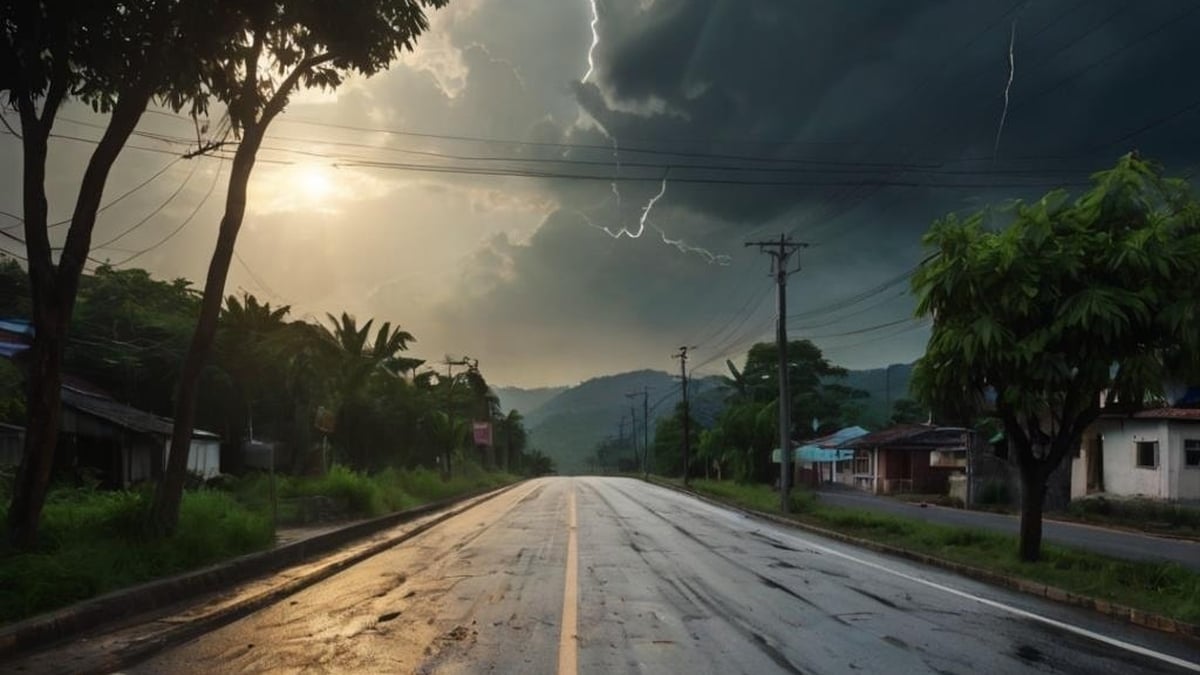



























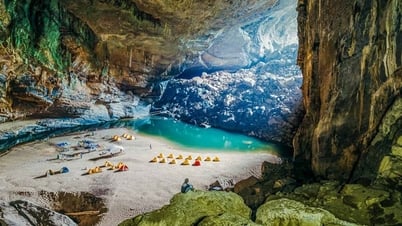























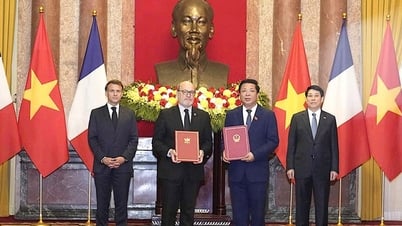




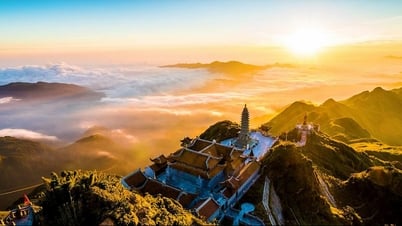
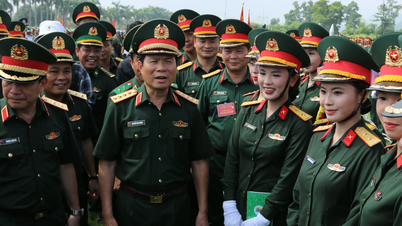






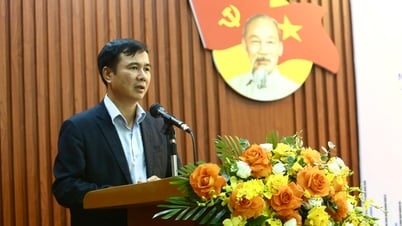


























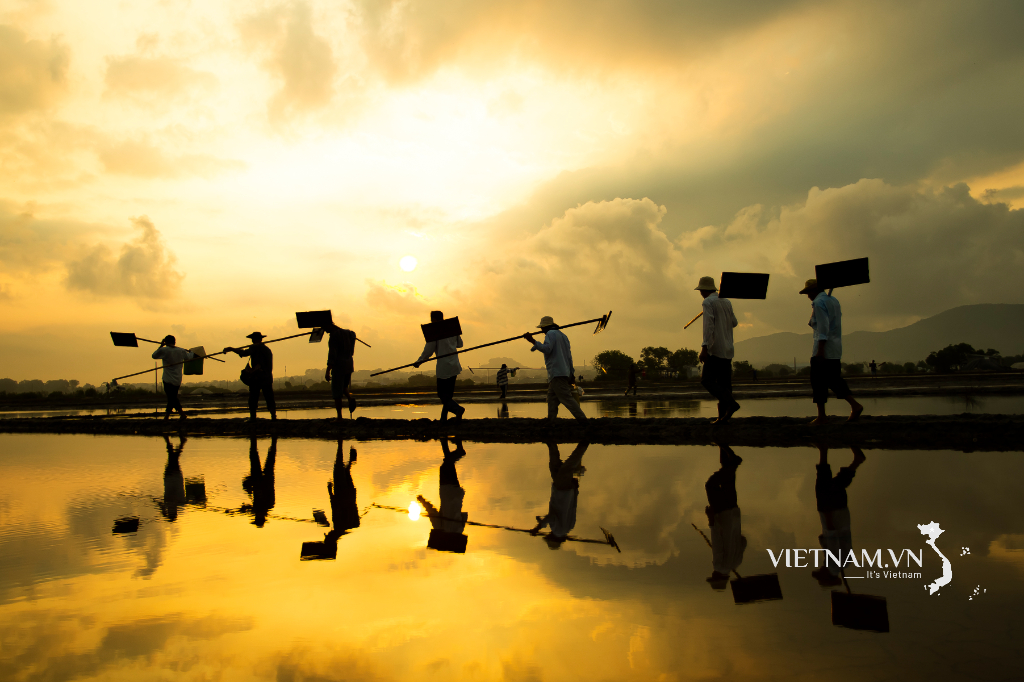
Comment (0)